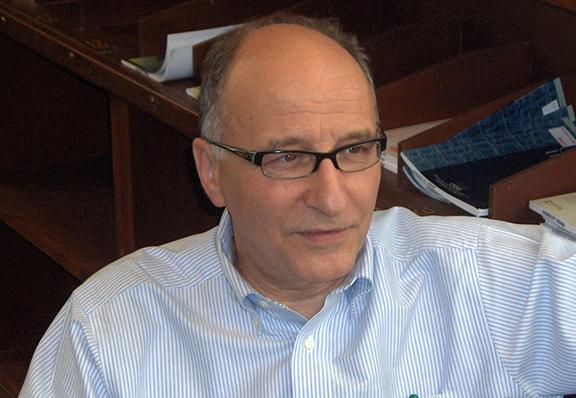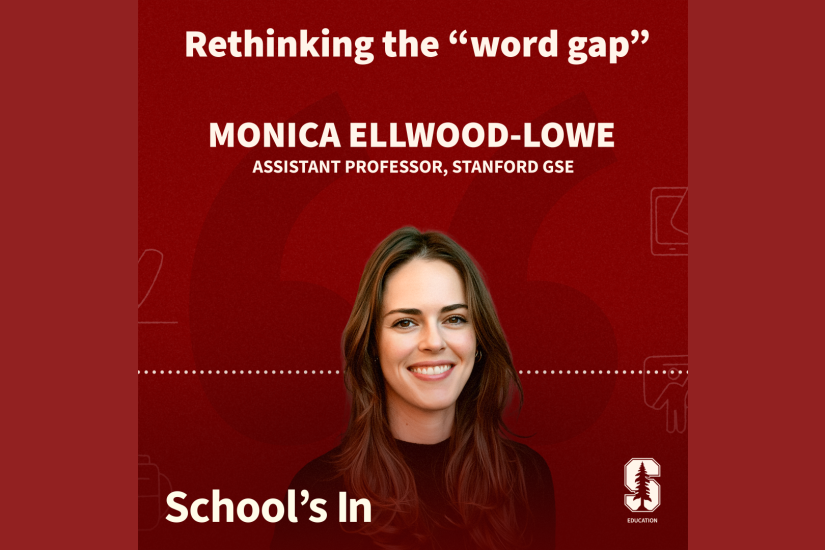
Stanford scholar celebrates Western culture’s open-access tradition
The move toward “open access” to research and scholarship, far from being a modern digital-age creation, has roots in the West that date back to medieval times, writes Stanford education Professor John Willinsky in a new book that explains how learning has long benefited from efforts to increase its circulation.
Although the term “intellectual property” was introduced into the English language in the 18th century, the concept took shape in ancient monasteries and universities where early scholars protected the rights and common good of learning, Willinsky writes in The Intellectual Properties of Learning: A Prehistory from Saint Jerome to John Locke (University of Chicago Press).
The rights and responsibilities associated with the study of texts in these institutions – rights of access, use, sponsorship, autonomy, attribution and more – influenced the world’s first modern copyright law, Britain’s Statute of Anne in 1710, titled “An Act for the Encouragement of Learning.”
Willinsky, reflecting on the state of intellectual property law today, said he believes learning has lost its earlier prominence and some part of its protection.
“Learning, which has historically done much to shape our ideas of intellectual property, is now unduly restricted in its circulation through the use of a law it helped formulate,” Willinsky said.
Willinsky, the Khosla Family Professor of Education at Stanford, promotes open-access scholarly publishing and studies its effect on teaching and learning. He directs the Public Knowledge Project, which for 20 years has produced the leading open-source scholarly publishing platform used by open-access journals and presses around the world.
“The book goes after the history behind this idea that research should be open,” said Willinsky. His work was funded by a Stanford Humanities Center Whittier Fellowship in 2013–14.
The Intellectual Properties of Learning begins with the rise of monasteries and scriptoria in early medieval Europe. It concludes with English philosopher John Locke’s well-known treatises on civil government, which continue to influence legal debates about property, and his effective lobbying for a learning-friendly version of copyright law at the turn of the 18th century. Locke did not live to see the Statute of Anne pass.
The “mines of providence”
Among the early key figures in the book is Saint Augustine, whose work reflected an inchoate sense of intellectual property rights when he complained sometime after 420 CE that people were distributing his work before he had finished it.
“If I had been able to carry out my plan in them,” he assured another bishop, “the books would have been less complicated and clearer as much as the difficulty in explaining such important topics and our ability would have permitted.”
Once Augustine had “corrected” his works, he “gave permission that they be heard, copied and read by anyone,” for, as he wrote around 396, “any statements by those who are called philosophers [are] like the silver and gold, which they did not create but dug, as it were, from the mines of providence, which is everywhere.”
Willinsky explained, “These early traditions among scholars of respecting each other’s rights of use, access, credit and communality formed the institutional economy of learning in medieval monasteries and then the early universities, which attracted, in turn, benefactors who saw the public good of such work. The history teaches us that the intellectual properties of learning have long been distinguished, in these ways, from the intellectual property of, say, Venetian glass blowers or printers in London.”
This principle of an access right to learning had a profound influence on European education, Willinsky writes. In the 12th and 13th centuries, the great translation movement around the Mediterranean moved a mass of ancient and medieval learning from Arabic to Latin for the first time. The new access to philosophy, astronomy, mathematics, medicine, physics and other sciences helped prompt European scholars to band together and form what became the early universities.
“Great bumps in access to knowledge give rise to new forms and institutions of learning,” Willinsky said.
Commons vs. paywall
Willinsky observes that today’s internet age poses both opportunities and challenges in ensuring that research is as accessible as possible.
Although the web does seem to hold great promise for global access to this body of work, the majority of published scholarship is caught up in an intellectual-property economy that assumes a publisher’s monopoly ownership of such work is not only a legal right but an intellectual necessity for scholarly communication.
The ways in which knowledge circulated in medieval and early-modern times, in which commerce played far less a part and communality and cooperation a far greater one, tells a different story. Willinsky cautions that it is not a story to be romanticized. Those earlier institutions of learning were beset by petulant benefactors, assaults on their intellectual autonomy, and discrimination and prejudice from among the learned as well as from the larger society.
Willinsky concludes there are no easy lessons from the past nor any ready paths into the future for greater access to learning. Still, he’s encouraged by gradual increases in support for open access from scholars, societies, governments, philanthropies, scholarly societies and commercial publishers.
“Having long enjoyed the commons of the research library, I see access as a critical property of learning that we must continue to extend to even more people in the digital era,” Willinsky said.
In 2008, the Stanford Graduate School of Education faculty became the first education-school faculty in the nation to provide open-access final drafts of their scholarly publications. Their work and others’ is housed at the Stanford Digital Repository.
By arrangement with University of Chicago Press, an open-access copy of the final draft of The Intellectual Properties of Learning is available free online at Stanford.
Faculty mentioned in this article: John Willinsky



